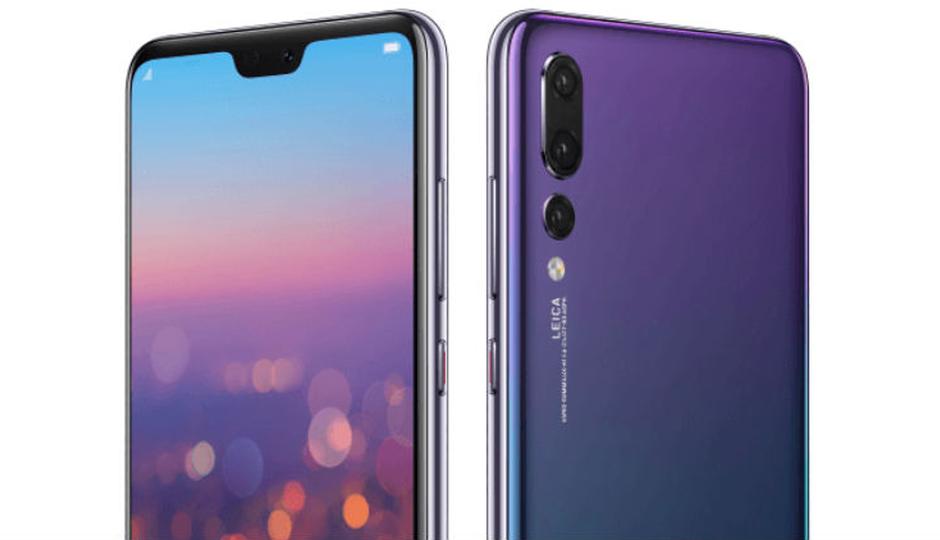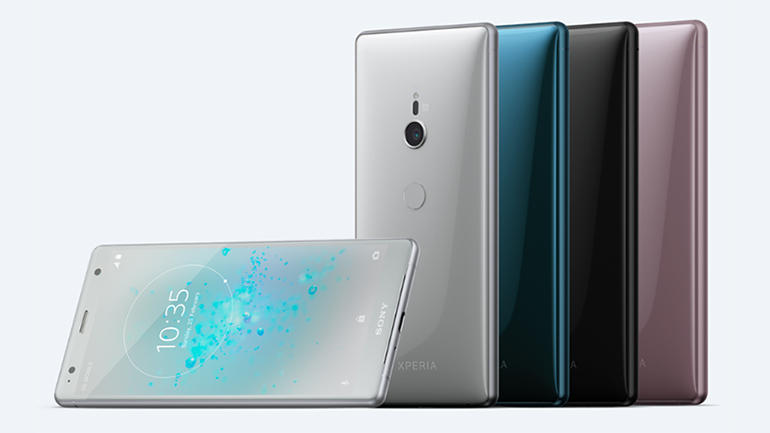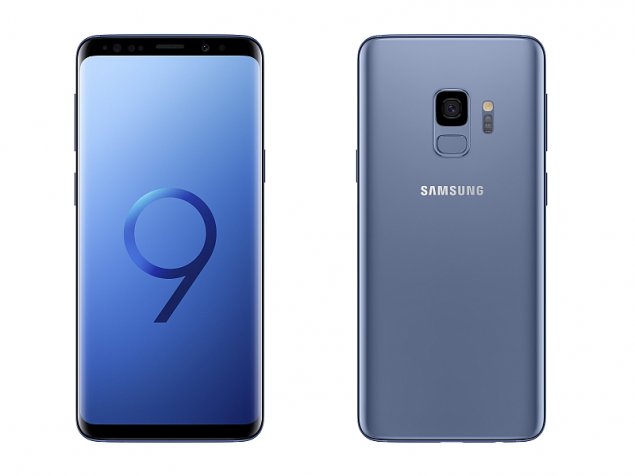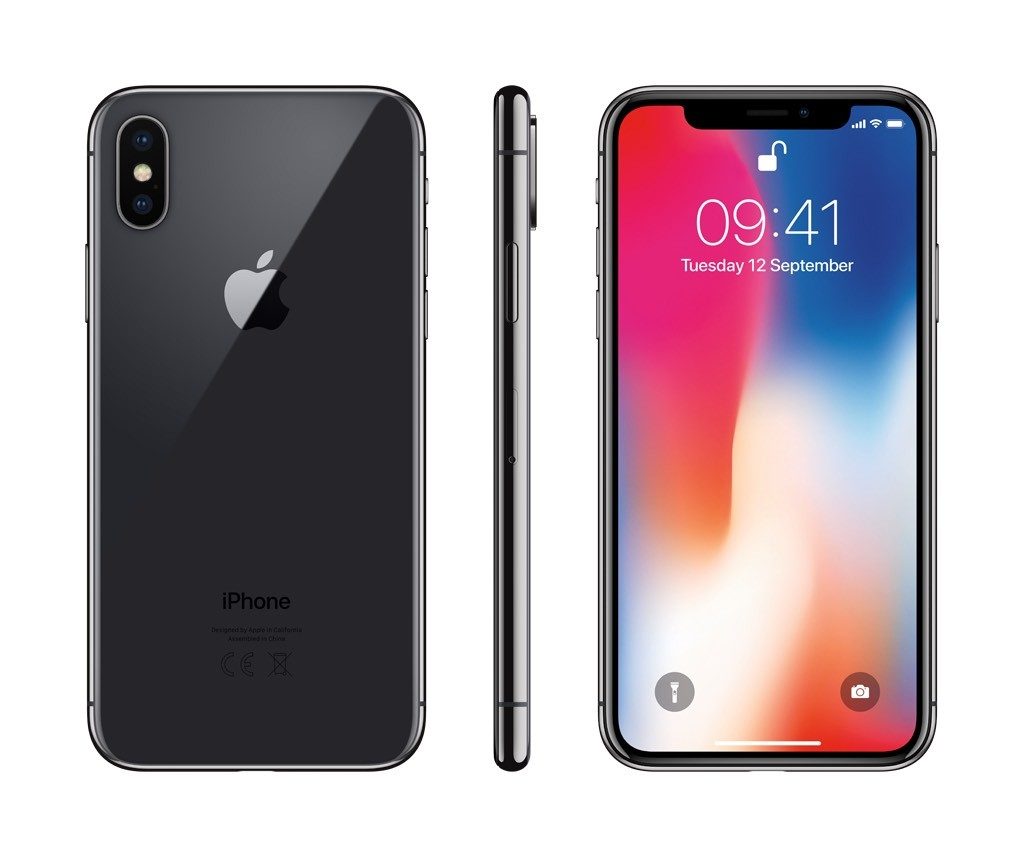A 5-lens iPhone – how would this compare in the market
In many ways, there’s a great deal of mystery surrounding the next flagship iPhone and its place in the market. It’s widely expected that the iPhone XI (or iPhone X2, whichever you prefer) will be launched this fall, with Apple likely focus on creating a more affordable model for its consumer base.
It has also been rumored that the handset will feature five camera lenses, which would represent a genuine first in the market. But how would this stack up against its competing handsets? Let’s take a look.
The Huawei P20 Pro

We start with the current king of camera phones, the Huawei P20 Pro. While this handset boasts a number if impressive features, it’s the triple camera arrangement that really steals the show and sets the standard for other manufacturers to follow.
This trifecta of lenses includes a Leica-branded, rear-facing 40-megapixel RGB unit, which is capable of capable of capturing incredibly high resolution images.
There’s also a 20-megapixel camera to take monochrome images, and another that delivers 8-megapixel telephoto shots.
This means that users can capture alternative types of high quality imagery through a single smartphone, and this remains the core selling point of the P20 Pro. This remains the camera phone to beat for now, and even with five lenses the iPhone XI will need to snap a diverse range of high quality images if it is to become a true market leader.
The Sony XZ2

While Sony have been left behind by Huawei and Samsung in the camera phone stakes, the X72 has certainly been designed with quality rather than quantity in mind.
This handset has retained the multi-aspect sensor that has become synonymous with Sony’s Xperia range, which captures both 19-megapixel, 4:3 photos and 17-megapixel, 16:9 alternatives. This is the type of dual-camera arrangement found in most smartphones, but the sheer quality of the XZ2 makes it a standout option in the market.
This camera has certainly helped to drive noise reduction and image processing, which are often overlooked by smartphone brands when designing cameras.
With 960fps slo-mo videos also captured in 1080p, the XZ2 is a camera phone that fares well in the market but may well be eclipsed by the new iPhone flagship.
The Samsung Galaxy S9

We’ve already touched on the Galaxy S9, and there’s no doubt that this handset has one of the most unique camera arrangements in the current market.
Instead of having a fixed aperture lens, for example, this phone can shift seamlessly between f/2.4 and f/1.5 while enabling users to utilize the ideal optics for both day and night image capturing. In brighter conditions, you can shoot in f/2.4, whereas darker conditions or night-time photography will require you to switch to f/1.5.
With the in-built auto mode, the handset will seamlessly shift the aperture without you even noticing. You can assume control of this is pro mode, of course, but this is only to be recommended if you’re a seasoned photographer with an understanding of light and white balance.
This is definitely a uniquely designed and high quality camera, and one that has only recently lost ground to the outstanding P20 Pro triumvirate of lenses. Whether this innovative approach would be enough to compete with a five lens iPhone is doubtful, however, particularly if the XI features a similarly flexible aperture shift.
The iPhone X

We’ve already discussed the issues with the iPhone X at length, with this model having failed to live up to its billing as ‘the future of smartphones’.
However, its dual camera arrangement remains extremely impressive, with two, 12-megapixel lenses located on the rear. The primary, wide-angle camera has been optically stabilized with an f/1.8 aperture, with this having emerged as a key design feature in Apple handsets throughout 2017.
The telephoto lens on the iPhone X has been enhanced in relation to previous iterations, however, having also been stabilized to produce superior snaps and better performance in areas with low or minimal light.
In this respect, the camera on the iPhone X is arguably the most improved on the market, with Apple having made a concerted effort to enhance this piece of hardware. We’ll expect this trend to continue with the XI, and it’s something of a no-brainer to suggest that the camera on the latest flagship will represent an obvious improvement.
The Last Word
While little is really known about the iPhone XI or its five-lens camera, the ground-breaking nature of this feature and Apple’s drive to enhance its hardware means that we should expect big things when the handset is released in the autumn.
The real question is whether the new flagship can usurp the P20 Pro as the king of camera phones, as while it may have more lenses it will need to deliver a rich diversity of high quality images if it is to achieve such a lofty ambition.
